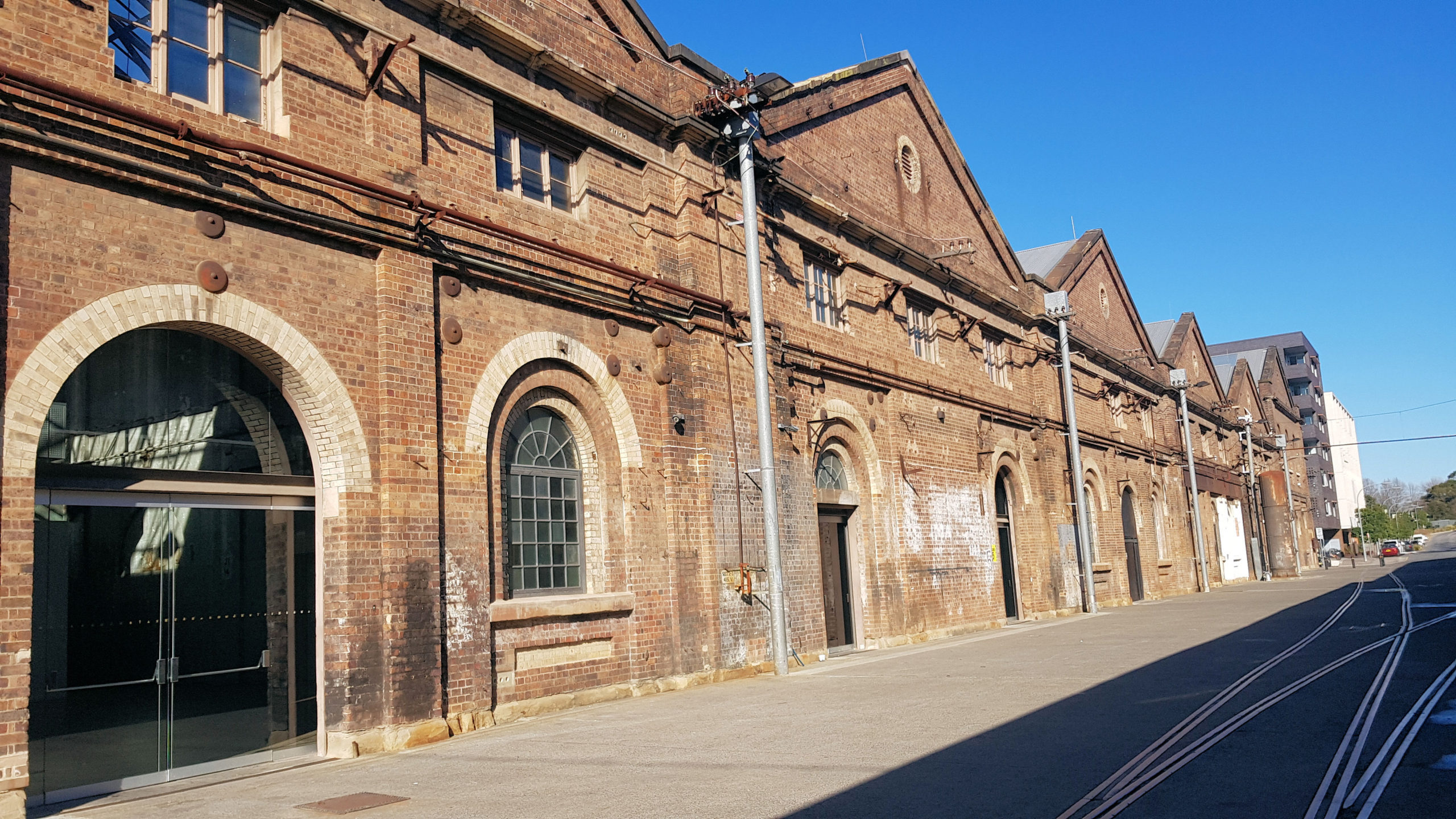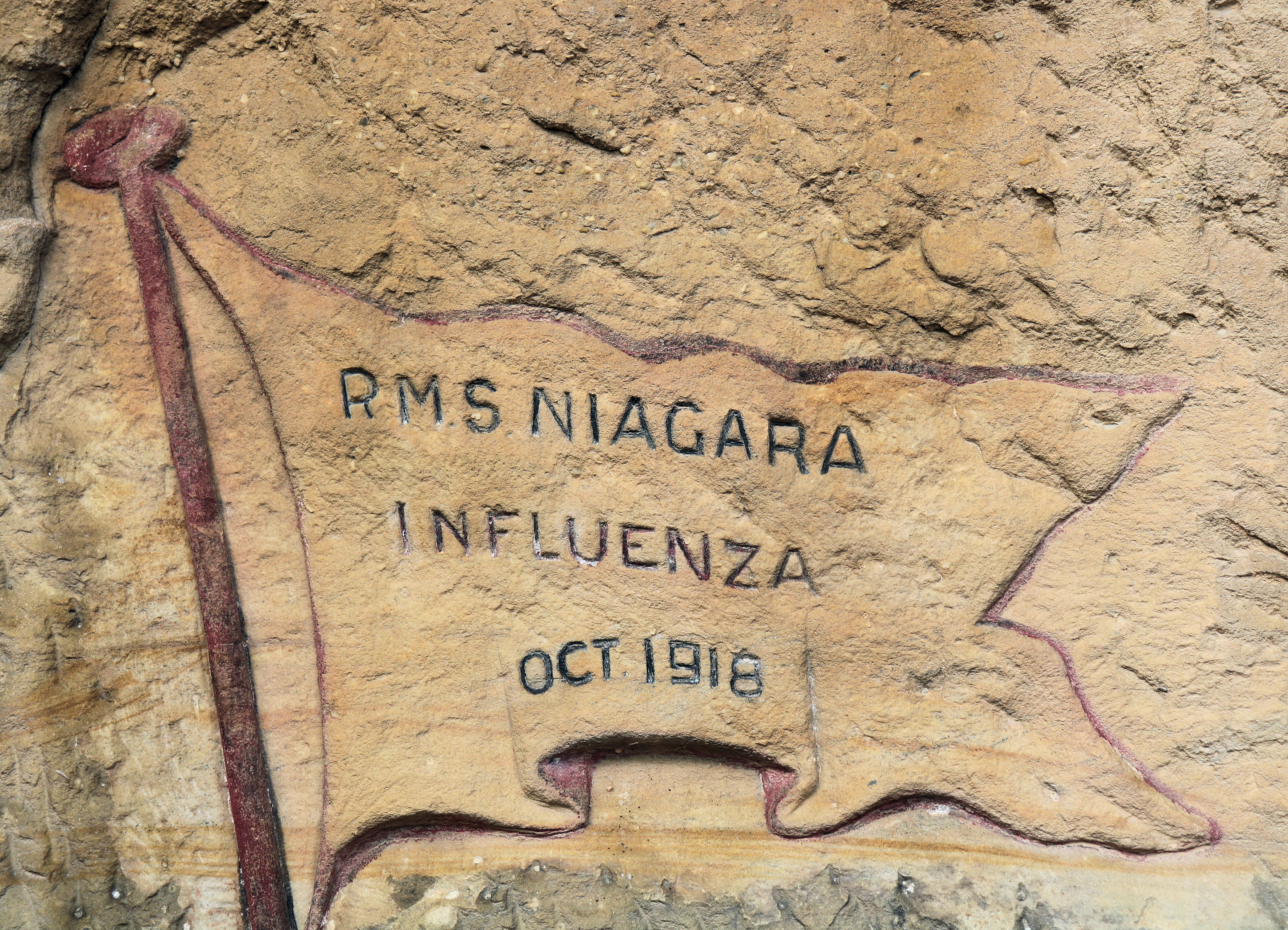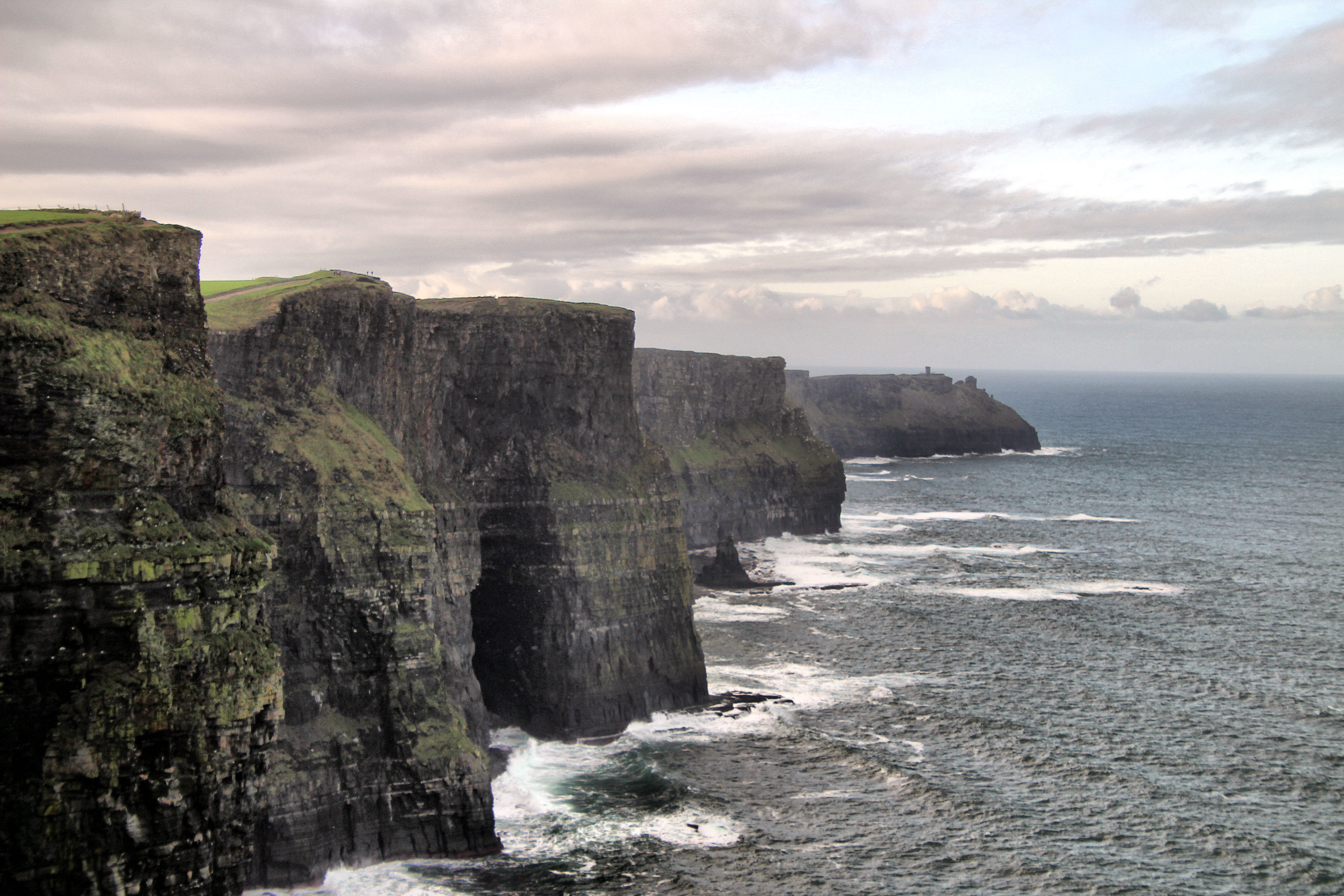Category: Historical Museum
-
Carriageworks Eveleigh Sydney

We have spent a lot of time on the trains into Sydney and always gone past this area, without thinking too much about what it had to offer. Converted from old railway workshops, Carriageworks, located at Eveleigh, is now a huge display centre for artists and engages artistic and audiences with contemporary ideas and issues.… Read more
-
North Head Quarantine Station Sydney

North Head Quarantine Station An important part of Sydney’s past, North Head Quarantine Station once protected the city from disease by acting as the quarantine station from early in the colonies founding until 1984. Although now disused, and renamed Q Station, it contains accommodation and a restaurant, while preserving the historical significance of the area.… Read more
-
Driving Tour of Ireland The Emerald Isle

How did We Get There? Our eight-day driving tour of Ireland was the first stage of a 35 day trip to Europe and was a amazing place to start. We flew into Ireland from Sydney with British Airways, via Singapore and London making it a long tiring trip, The arrival time was 7:30 am so… Read more